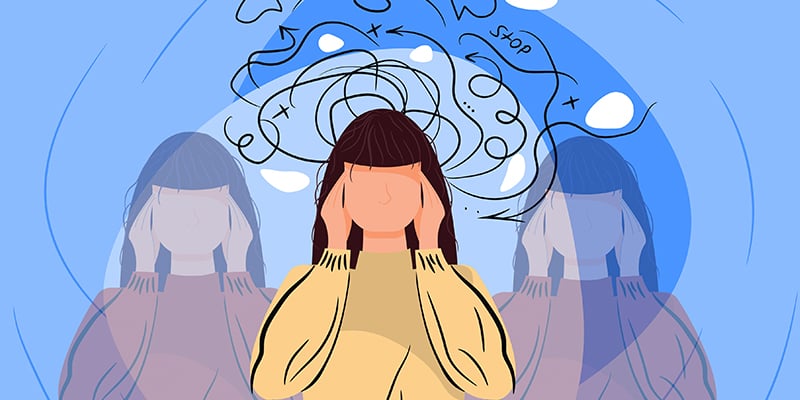Bipolar disorder is also known as manic depressive disorder. It is a mental illness that presents itself as mood swings or mood cycling. Many people do not realize that there are actually two types of bipolar disorder. Bipolar I disorder is typically defined as raging mood cycling with episodes of extreme mania and depression, as well as the occasional mixed episode. Bipolar I patients may also experience psychotic or hallucinating symptoms.
Bipolar II disorder is typically defined as rapid mood cycling with episodes of hypomania and depression. Bipolar II disorder does not occur with psychotic or hallucinating symptoms. Additionally, hypomania is defined as a milder form of mania, in which the patient has a period of hightened happiness or elation. Depression with bipolar II patients is often more severe than in patients with bipolar I disorder. Suicide, suicide threats, suicide attempts, and thoughts of suicide are much more common in bipolar II patients than bipolar I patients.

A diagnosis of bipolar II disorder is typically made when the patient has had one or more major depressive episodes, at least one hypomania episode, no manic episodes, and when no other reason for symptoms can be found.
Symptoms of depression with bipolar II disorder include decreased energy, unexplained weight changes, feelings of despair, increased join irritability, and uncontrollable crying. Symptoms of hypomania include sleeplessness, racing thoughts, distractibility, excess energy, and rash judgements. These symptoms are similar to mania, but are less severe.
Treatment of bipolar II disorder typically involves a combination of medication and therapy or counseling. Medications typically prescribed for treatment of bipolar II disorder include anti-depressants such as Celexa, as well as mood stabilizers click such as Topomax. Mood stabilizers are vitally important in treatment of bipolar disorders, because antidepressants alone can cause the patient to enter into a manic or hypomania episode.
Bipolar II disorder is actually often misdiagnosed as clinical depression. This is due to the fact that depression is most often present, and hypomania episodes rarely come to light in therapy sessions due to their upbeat nature. It is here typically through treatment by antidepressants that the correct diagnosis is made, because the patient will spin into a hypomania episode almost immediately if the diagnosis should be bipolar II disorder rather than clinical depression.
Counseling or therapy treatment options for bipolar II disorder may include traditional counseling methods, discussion of triggers and life style changes that can lessen the severity of episodes, and cognitive behavioral therapy. Patients with site a mild case of bipolar II disorder may benefit from counseling or therapy alone without medication. However, this is less common with bipolar II disorder than with bipolar I disorder, due to the nature of the severity of the depressive states.
It is vitally important for people with symptoms of bipolar II disorder to seek the help of mental health professionals as soon as symptoms become evident. Bipolar II disorder patients account for at least half of the suicides each year. To prevent suicidal link behavior, it is important for bipolar II patients to be properly diagnosed at an early stage, so that ongoing treatment of the illness can begin and be continued in order to avoid suicidal behavior.
